Dear Pennies & Pens,
It’s funny that we launched Summer in the South in Birmingham because Birmingham was once the most segregated city in the U.S. Summer in the South is about chronicling our travels & adventures in the southern region of the U.S. Overall, we’re looking to discover the best hotels, restaurants, museums, art galleries, boutiques, breweries, and wine bars in the South. But we also want to learn about the history of each place we visit.
In a world where something is old minutes after it’s posted online, it is important to take a step back in time. It reminds you that the world was once a different place and that things have changed. We still have a long way to go but at least we have accomplished a lot.
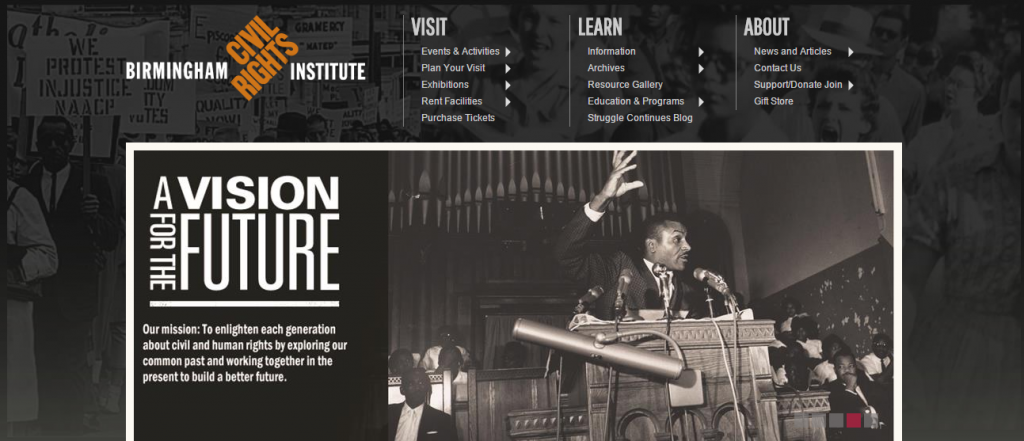
The Birmingham Civil Rights Museum takes you on the journey to Civil Rights for African-Americans. Upon entering the museum, we were greeted by one of the staff members who instructed us to “go watch the video” so we entered a room where the video was playing. I’ll admit that I’m pretty impatient so I quickly became frustrated because we came to the museum to see the civil rights exhibit not watch a video.
We left the room and began wandering around the museum looking for the exhibit when a security guard came over and told us watching the video would help us experience the museum. I shrugged this off because I’ve been to museums all over the world and I’ve never been told how to experience a museum. After going back n forth with the guard, he finally took us to the exhibit which we discovered was behind the wall of where the video plays. In essence, the museum opens after the video plays…if that makes any sense. So basically, the museum is behind a “secret” wall which is bizarre but cool…I guess?
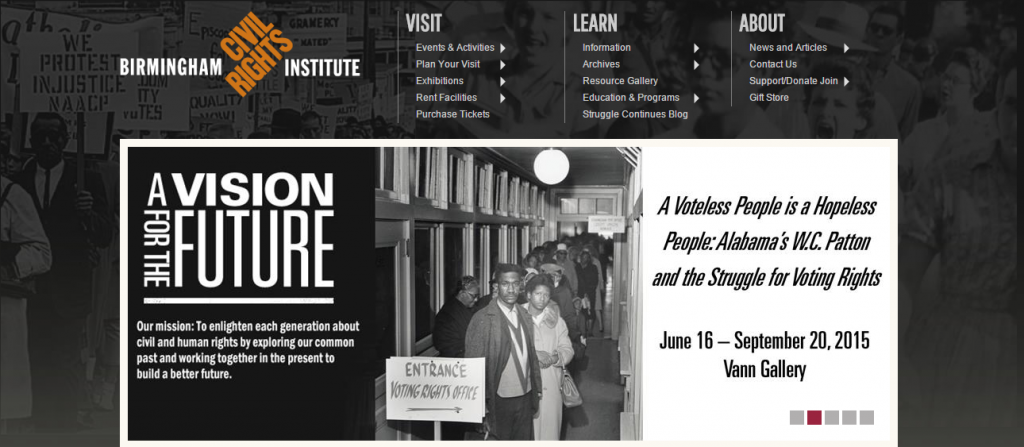
Anyway, once we finally got into the museum it was really amazing. As an African-American woman, it was crazy to see the struggle of where my people have come from. Birmingham was unbelievably racist back in the day. Like it was seriously mind boggling. Jim Crow laws made it so that Blacks & Whites were completely separated. Blacks and Whites lived in the same city but went to different schools and churches. Restaurants, hotels, and even water fountains were labeled “Black” or “White” so that the races didn’t mix.
It was illegal for Blacks and Whites to do any of the above together. Additionally, Blacks were often killed for insignificant reasons or no reason at all. Killings usually happened via lynching which is when a person is hung from a tree and in some cases, their body is burned afterwards. It’s a brutal way to murder someone and whites would do this for sport. A crowd would gather around and watch the lynching which is really sick when you think about it.
As you tour the museum, it teaches you about all of the above with sets and photos. For example, the museum recreated a Black classroom and a White classroom from 1953 and the difference between the two was appalling. The south had a saying “separate but equal” but as the classroom shows, separate was never equal. The White classroom had better desks, new textbooks, and smaller class sizes whereas the Black classroom’s desks were smaller & older, the class size was larger, and the textbooks were old.
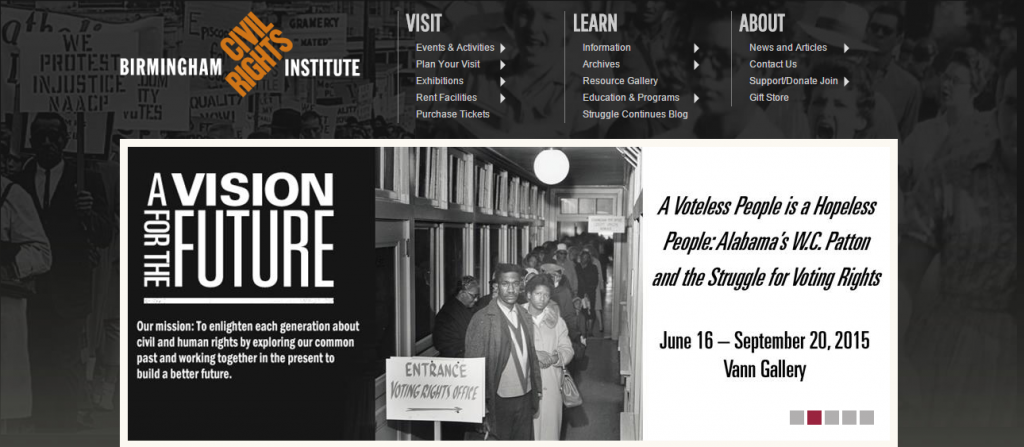
The next part of the museum moves to the 1960s which is when the Civil Rights Movement happened. I’m sure you have heard of Martin Luther King Jr. and his influence on the movement as he was the main leader. Martin Luther King Jr. was from Montgomery and spent a lot of time in Birmingham protesting the racist laws.
In fact, he was arrested and jailed in Birmingham, while in jail he wrote his famous “Letter from a Birmingham Jail”. The museum does a beautiful job illustrating the legacy of Dr. King. He was a true leader and his plight is one that we should all remember. He was fighting for justice, freedom, and equality. Only time will tell if his dream will ever come true.
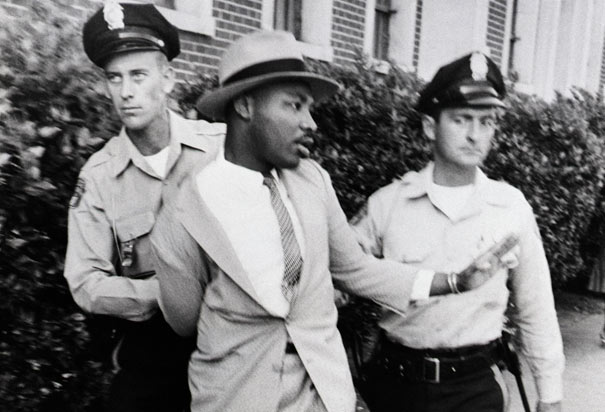
The museum also does an amazing job of showcasing the youth demonstrators who were MLK’s biggest supporters throughout the movement. Most of the youths were high school & college students who organized marches and demonstrations in Birmingham. The police would try to break up the demonstrations by arresting students, spraying them with fire hoses, or unleashing police dogs. Photos show the brutal attacks which were truly disturbing.
Most of the demonstrations happened in the park across the street from the museum. So as you read the descriptions, you can look through the window and try to visualize where it all happened. The 16th Street Baptist Church is across the street from the museum but to the left. The 16th Street Baptist Church was bombed on September 15, 1963 and four little girls died.
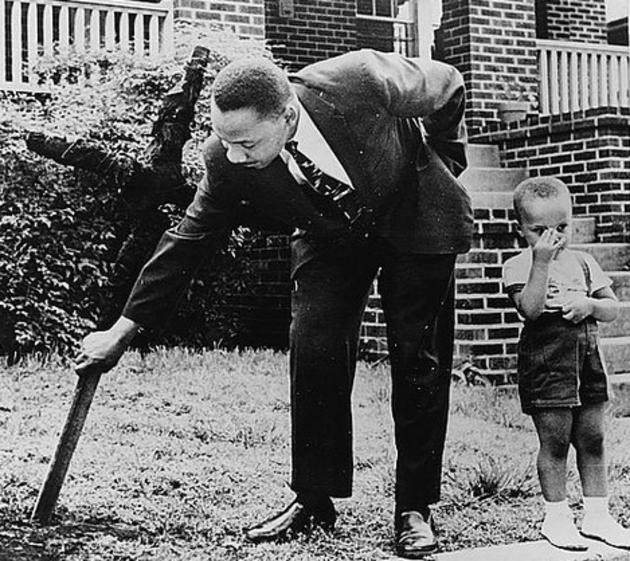
What’s even crazier is that two black boys were also killed that day. The 16th Street Baptist Church also holds significance because it’s where most of the demonstrations were organized so that’s why it was a target to the racist white men who bombed it. Sadly, most of the bombers never really served any jail time as the courts were also racist. If I’m not mistaken 2 of them did eventually serve time for the crime but it took years to bring them to justice.
Overall, we enjoyed the visit to the Birmingham Civil Rights Museum. It was an amazing experience and it proved that although we have come along way, we still have a lot to do. As I said earlier, only time will tell if Martin’s dream will ever come true.
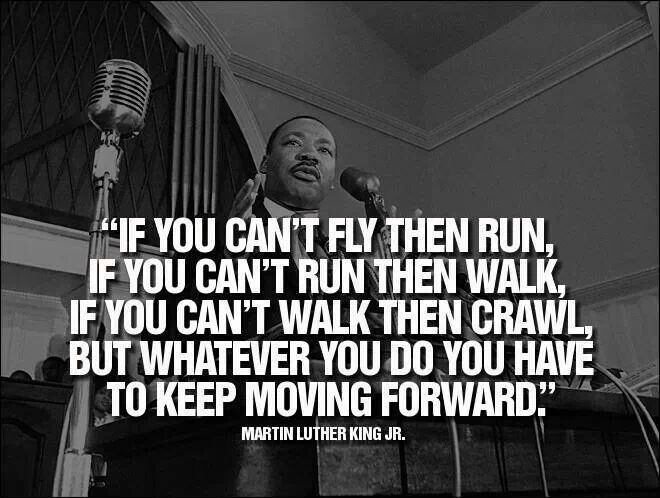
And there it is. de la Pen…All Pen Everything. With us, keeping it real never goes wrong